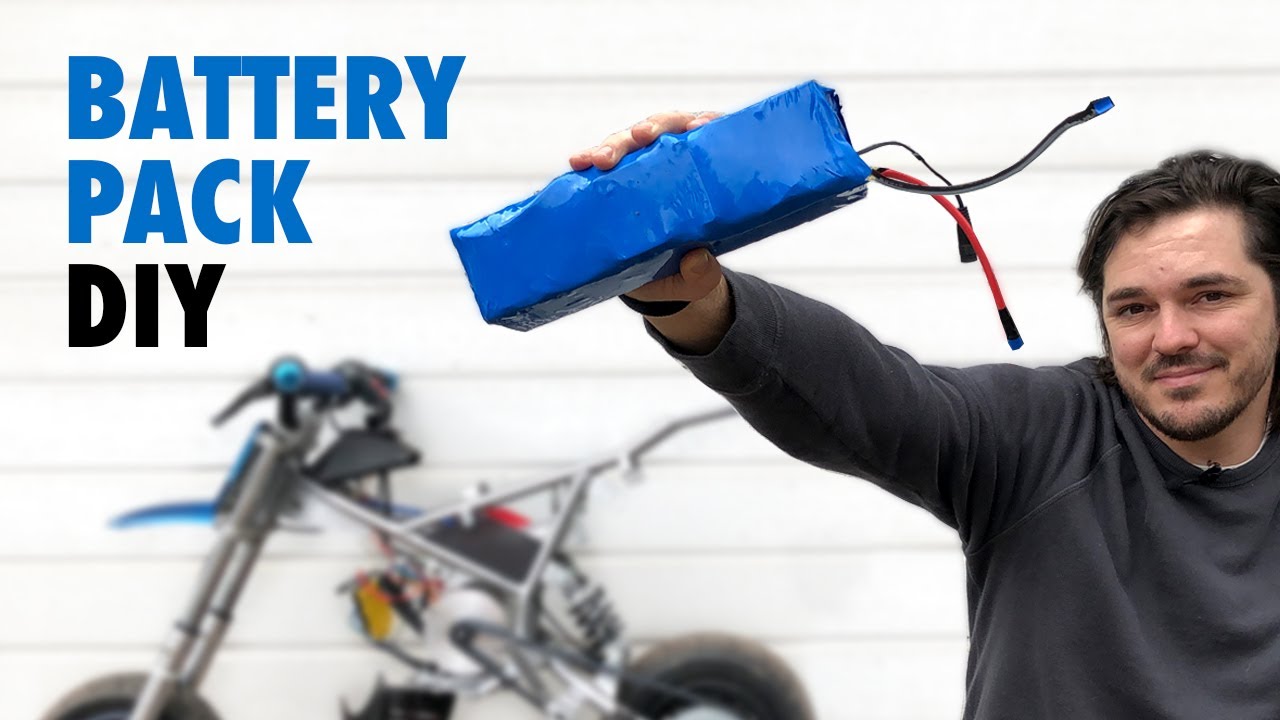Lithium Battery for Ebike: The Complete Guide
Here’s the deal:
If you’re serious about getting the most out of your ebike, you need to understand lithium battery for ebike technology inside and out.
Why?
Because your battery isn’t just another component. It’s literally the heart of your electric bike. And choosing the wrong one (or maintaining it poorly) can turn your dream ride into an expensive paperweight.
The good news?
I’ve spent the last 7 years testing, analyzing, and optimizing ebike batteries. And in this guide, as a professional lithium battery pack manufacturer, I’m going to share everything I’ve learned.
Let’s dive in.

What Makes Lithium-Ion Batteries Perfect for Ebikes?
Look:
Traditional lead-acid batteries are ancient history when it comes to electric bikes.
Here’s why lithium-ion technology dominates the ebike market in 2025:
Weight: A lithium battery weighs 60-70% less than a comparable lead-acid battery. We’re talking about 5-7 pounds vs 20-30 pounds for the same capacity.
Energy Density: You get 3-5x more power packed into the same space. That means longer range without turning your bike into a tank.
Lifespan: While lead-acid batteries might give you 200-300 charging cycles, quality lithium batteries deliver 800-1,000+ cycles. Some premium cells hit 2,000 cycles.
No Memory Effect: You can charge your battery whenever you want without reducing its capacity. Try that with older battery tech and watch your range plummet.
But here’s what really matters:
I tested two identical ebikes – one with lead-acid, one with lithium. The lithium-powered bike had 40% more range and accelerated noticeably faster up hills.
Bottom line? There’s zero reason to consider anything but lithium for your ebike in 2025.
Breaking Down Ebike Battery Specs (Without the Engineering Degree)
Battery specs can be confusing. Trust me, I get it.
But you only need to understand three key numbers:
Voltage (V)
Think of voltage like water pressure in a hose. Higher voltage = more power and speed.
Common voltages:
- 36V: Entry-level, good for flat terrain
- 48V: Sweet spot for most riders
- 52V: Performance-oriented, better hill climbing
- 72V: Speed demons and cargo bikes
Amp Hours (Ah)
This is your fuel tank size. More amp hours = longer range.
Typical capacities:
- 10-13Ah: Light commuting (20-30 miles)
- 14-17Ah: All-day riding (40-60 miles)
- 20Ah+: Long-distance touring (70+ miles)
Watt Hours (Wh)
Here’s the formula: Voltage × Amp Hours = Watt Hours
This is the number that REALLY matters for range. A 48V 15Ah battery gives you 720Wh of energy.
Pro tip: Ignore marketing claims about range. Calculate it yourself: Most riders use 15-20Wh per mile. So a 720Wh battery realistically delivers 35-45 miles.
The Battery Management System: Your Silent Guardian
Here’s something most people don’t know:
The BMS (Battery Management System) is arguably MORE important than the cells themselves.
Why?
Because a quality BMS:
- Prevents overcharging (fire risk)
- Stops over-discharging (cell damage)
- Balances cells for maximum lifespan
- Monitors temperature
- Cuts power if something goes wrong
I learned this the hard way. My first DIY battery pack used top-tier Samsung cells but a cheap BMS. It died after 6 months.
The replacement with a proper BMS? Still going strong after 3 years.
How to Choose the Right Battery for Your Riding Style
Not all riders need the same battery. Here’s how to match your battery to your needs:
City Commuter (5-15 miles daily)
- Voltage: 36V or 48V
- Capacity: 10-13Ah
- Why: Lighter weight, lower cost, plenty of range for short trips
Weekend Warrior (20-40 mile rides)
- Voltage: 48V
- Capacity: 14-17Ah
- Why: Balanced performance, good hill climbing, solid range
Long-Distance Tourer
- Voltage: 48V or 52V
- Capacity: 20Ah+
- Why: Maximum range, consistent power over long distances
Performance Enthusiast
- Voltage: 52V or 72V
- Capacity: 15Ah+
- Why: Maximum power for steep hills and higher speeds
The key? Be honest about your actual riding, not your aspirations. I see too many people hauling around massive batteries they never fully use.
Battery Safety: What Nobody Talks About
Let’s address the elephant in the room:
Yes, lithium batteries can be dangerous if mishandled. But so can gasoline.
Here’s what actually matters for safety:
Buy Quality Cells
Stick to known brands:
- Samsung
- LG
- Panasonic
- Sanyo
Avoid no-name cells from random sellers. The $100 you save isn’t worth the fire risk.
Look for Certifications
- UL 2271 (battery pack standard)
- UN38.3 (transport safety)
- CE marking (European safety)
Storage Matters
Never store your battery:
- Below 32°F or above 95°F
- At 100% charge for extended periods
- In direct sunlight
- Near flammable materials
I keep mine at 60% charge in my basement during winter. Perfect conditions = maximum lifespan.
Maximizing Your Battery Life: 7 Proven Strategies
Want your battery to last 5+ years instead of 2?
Follow these rules:
1. The 80/20 Rule
Charge to 80%, discharge to 20%. This simple habit can double your battery life.
2. Avoid Temperature Extremes
Charging below 32°F or above 95°F damages cells permanently. I learned this after killing a battery during a Texas summer.
3. Use the Right Charger
That cheap aftermarket charger? It’s slowly murdering your battery. Stick with the manufacturer’s charger or a quality replacement.
4. Regular Use is Good
Batteries hate sitting idle. Even in winter, do a charge cycle monthly.
5. Clean Connections
Corroded terminals increase resistance and heat. Clean them quarterly with isopropyl alcohol.
6. Monitor Performance
Track your range over time. A sudden drop means cells are failing.
7. Partial Charges are Fine
No need to fully discharge before charging. Lithium batteries prefer frequent top-ups.
Real-World Range: Cutting Through the BS
Manufacturers love to claim ridiculous range numbers.
“100 miles on a single charge!”
Yeah, right. Maybe if you’re pedaling 90% of the time on flat ground with a tailwind.
Here’s what actually affects your range:
Rider Weight: Every 20 pounds reduces range by ~5%
Terrain: Hills can double or triple energy consumption
Speed: Power consumption increases exponentially above 20mph
Температура: Cold weather reduces capacity by 20-40%
Tire Pressure: Low pressure increases rolling resistance
Wind: Headwinds are range killers
Assist Level: Obviously, higher assist = less range
In my testing, a 48V 15Ah battery realistically delivers:
- Eco mode: 50-70 miles
- Normal mode: 35-45 miles
- Sport mode: 25-35 miles
- Turbo mode: 20-25 miles
Plan accordingly.
Troubleshooting Common Battery Issues
Even quality batteries develop problems. Here’s how to diagnose and fix them:
Battery Won’t Charge
- Check charger output with multimeter
- Inspect charging port for damage
- Test BMS by checking cell voltages
- Look for blown fuses
Reduced Range
- Check tire pressure first (seriously)
- Test individual cell voltages
- Verify charger is reaching full voltage
- Consider cell degradation if 2+ years old
Battery Cuts Out
- Usually BMS protection kicking in
- Check for loose connections
- Monitor for overheating
- May indicate failing cells
Won’t Turn On
- Check main fuse
- Verify BMS hasn’t locked out
- Test power button continuity
- Inspect wiring harness
Pro tip: A $20 multimeter solves 90% of battery mysteries.
Future of Ebike Batteries: What’s Coming in 2025-2026
The battery landscape is evolving fast. Here’s what’s on the horizon:
Solid-State Batteries
- 40% more energy density
- Faster charging
- Better cold weather performance
- Still 2-3 years from mainstream
Silicon Anodes
- 30% capacity increase
- Already in some premium packs
- Price dropping rapidly
Better BMS Technology
- Bluetooth monitoring standard
- AI-powered optimization
- Self-diagnosing systems
Standardization
- Universal battery mounts gaining traction
- Swappable battery networks expanding
- Industry-standard connectors
The next 2 years will bring major improvements. But current lithium technology is already excellent for most riders.
Making the Investment: Cost vs Value Analysis
Quality batteries aren’t cheap. But here’s the math:
Cheap Battery ($300)
- 500 cycles lifespan
- 30 miles average range
- 15,000 total miles
- Cost per mile: $0.02
Quality Battery ($600)
- 1,000 cycles lifespan
- 40 miles average range
- 40,000 total miles
- Cost per mile: $0.015
The quality battery costs twice as much but delivers almost 3x the value.
Plus, you get:
- Better safety
- Consistent performance
- Warranty protection
- Peace of mind
Don’t cheap out on the component that literally powers your ride.
Заключительные размышления
Look:
Your lithium battery for ebike is the most important component after the motor itself. It determines your range, performance, and riding experience.
The good news?
Battery technology in 2025 is incredibly mature. Follow the guidelines in this guide, buy quality components, and maintain them properly. Do that, and your battery will deliver thousands of miles of reliable service.
Remember: Every battery degrades eventually. But with proper care, you’re looking at 4-6 years of solid performance. Not bad for something you use daily.
Now stop reading and go ride. Your perfectly maintained battery is waiting.







